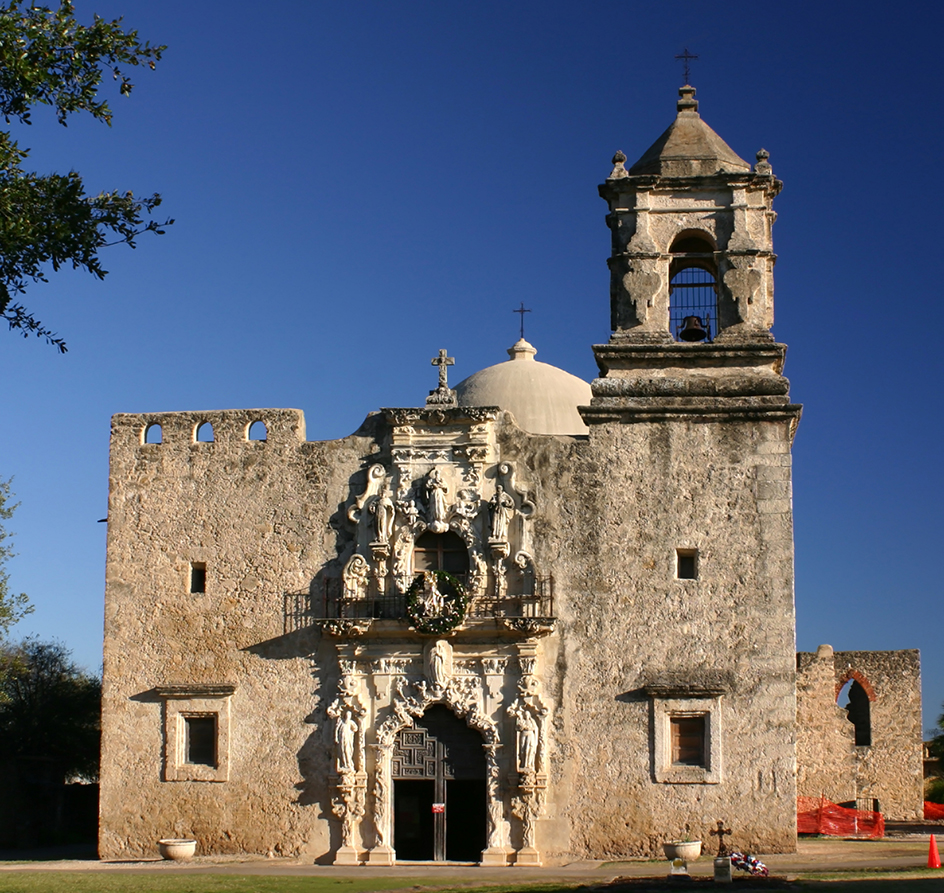Mission San José is a Christian religious center that was established by Spanish Roman Catholic priests in Texas. The Franciscan priest Antonio Margil de Jesus founded the mission on Feb. 23, 1720, in what is now San Antonio. Groups of Indians known collectively as Coahuiltecans helped build the mission and were among its early members.

Beginning in the mid-1500’s, Spanish missionaries worked to convert Indians to Christianity in what is now the southern United States. Spain’s government hoped the converted Indians would become loyal Spanish citizens and help secure Spain’s claims in North America. In 1690, the Spanish began to build missions in what is now eastern Texas.
In 1719, Margil requested that a mission be established in the area of San Antonio. The next year, the Spanish governor of the region, the Marqués de San Miguel de Aguayo, directed Captain Juan Valdez to select a mission site. The Spanish constructed a number of buildings on the east bank of the San Antonio River, and priests began ministering to local Indians. The mission’s full name was San José y San Miguel de Aguayo, named in honor of San José, or Saint Joseph, and the region’s governor. Indians at the mission learned skills in such fields as art, music, woodworking, and agriculture. The mission also operated a large farm and ranch nearby.
By 1730, the Spanish moved Mission San José to the river’s west bank. Many of the site’s most important structures were built between 1740 and 1780. The missionaries erected walls around the compound during the 1760’s, when attacks by Apache and Comanche Indians increased. The mission formally closed in 1824. In the years that followed, the mission buildings occasionally were used for religious services. In the 1930’s, many of the mission’s major structures were restored.
Mission San José is one of four missions that make up San Antonio Missions National Historical Park. The others are Mission Concepción, Mission Espada, and Mission San Juan Capistrano. San José, the largest of the four, is called the “Queen of the Missions.” It is known for its Rose Window, which is decorated with intricate stone carvings. The window offers a fine example of Spanish colonial ornamentation.
